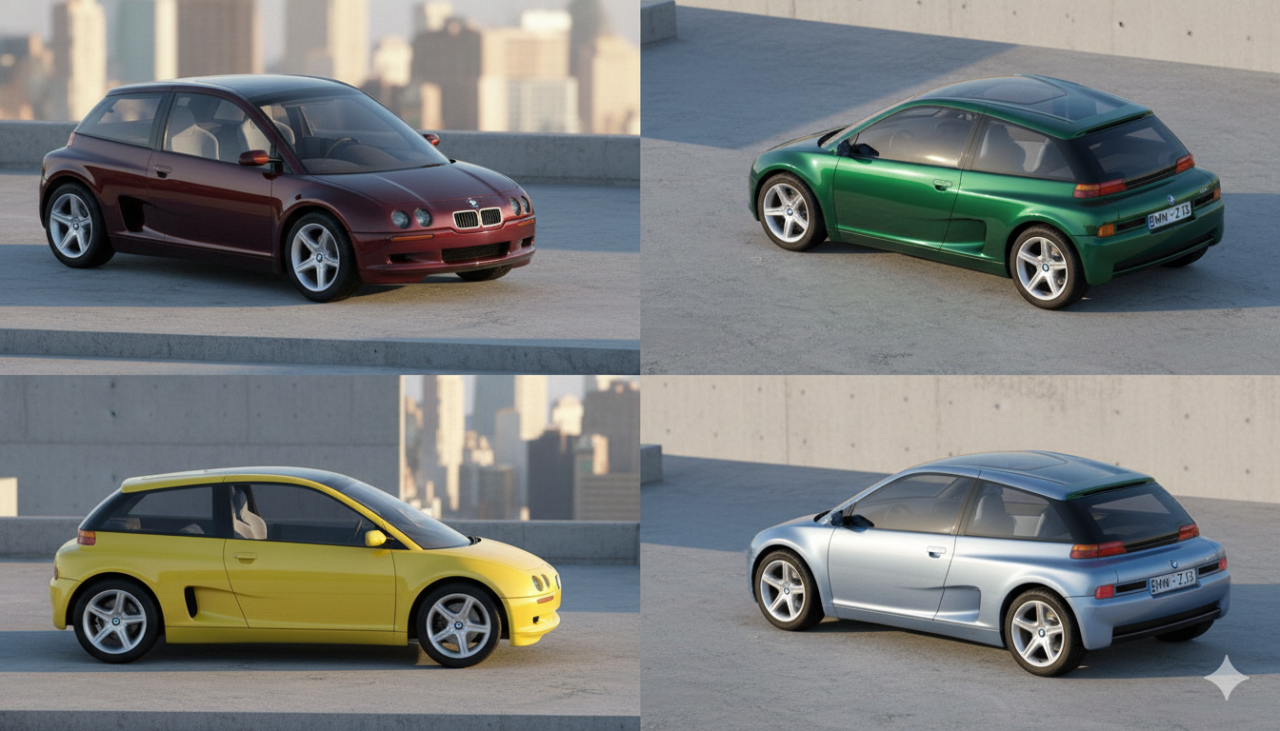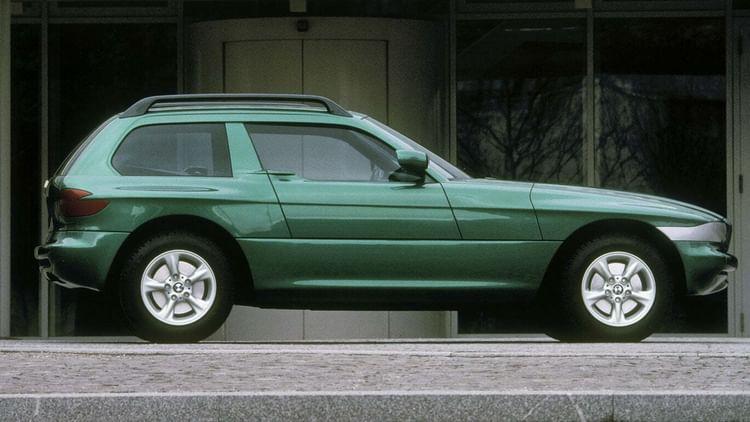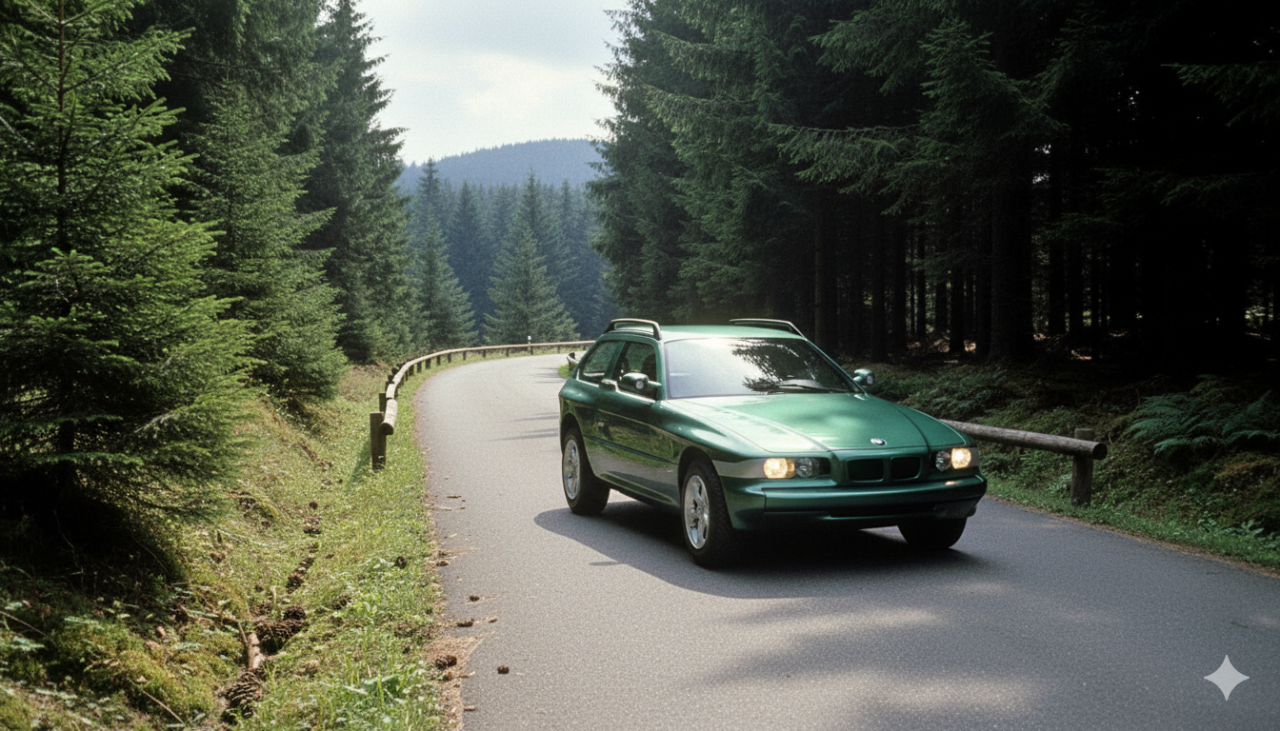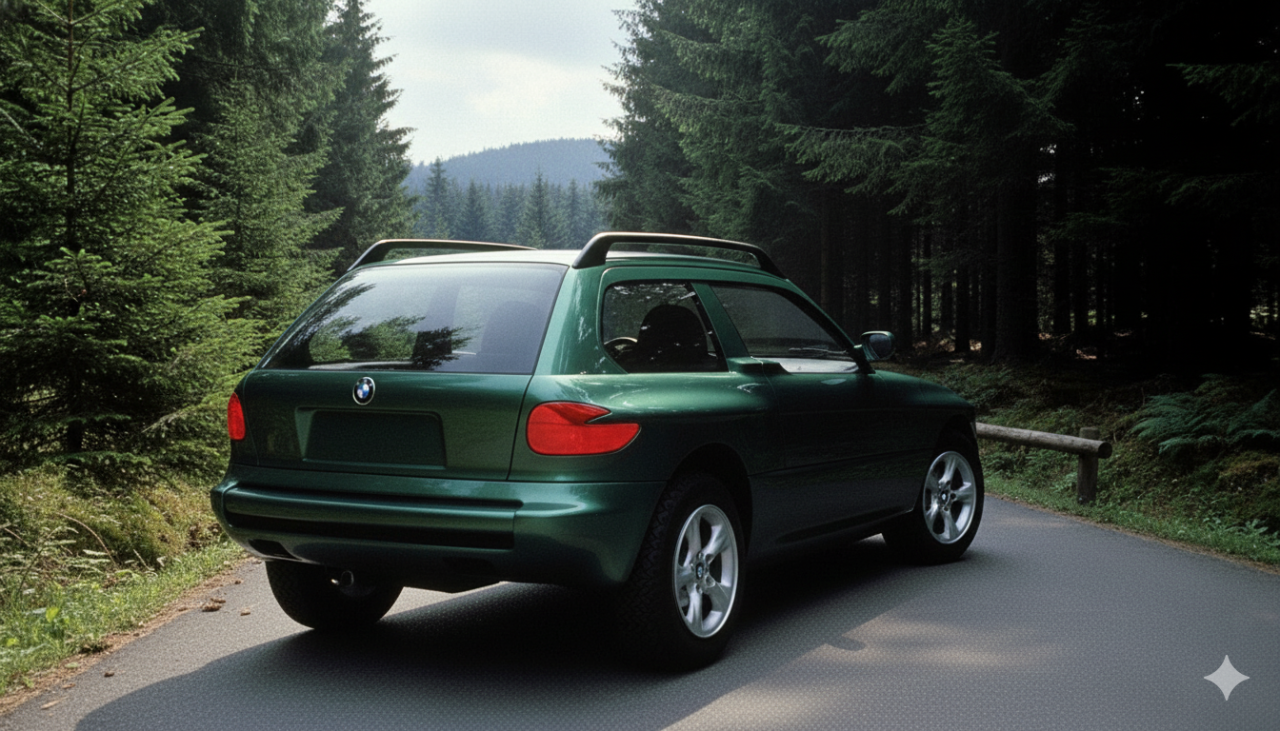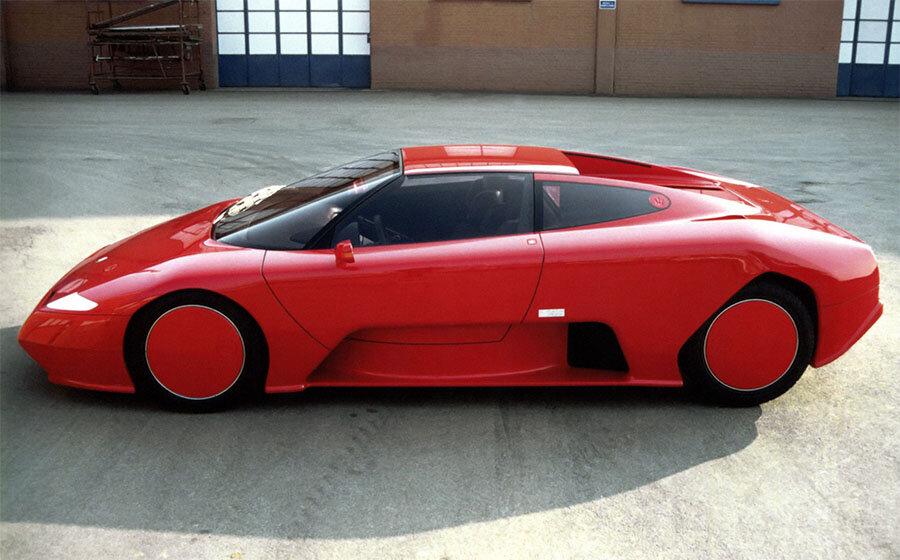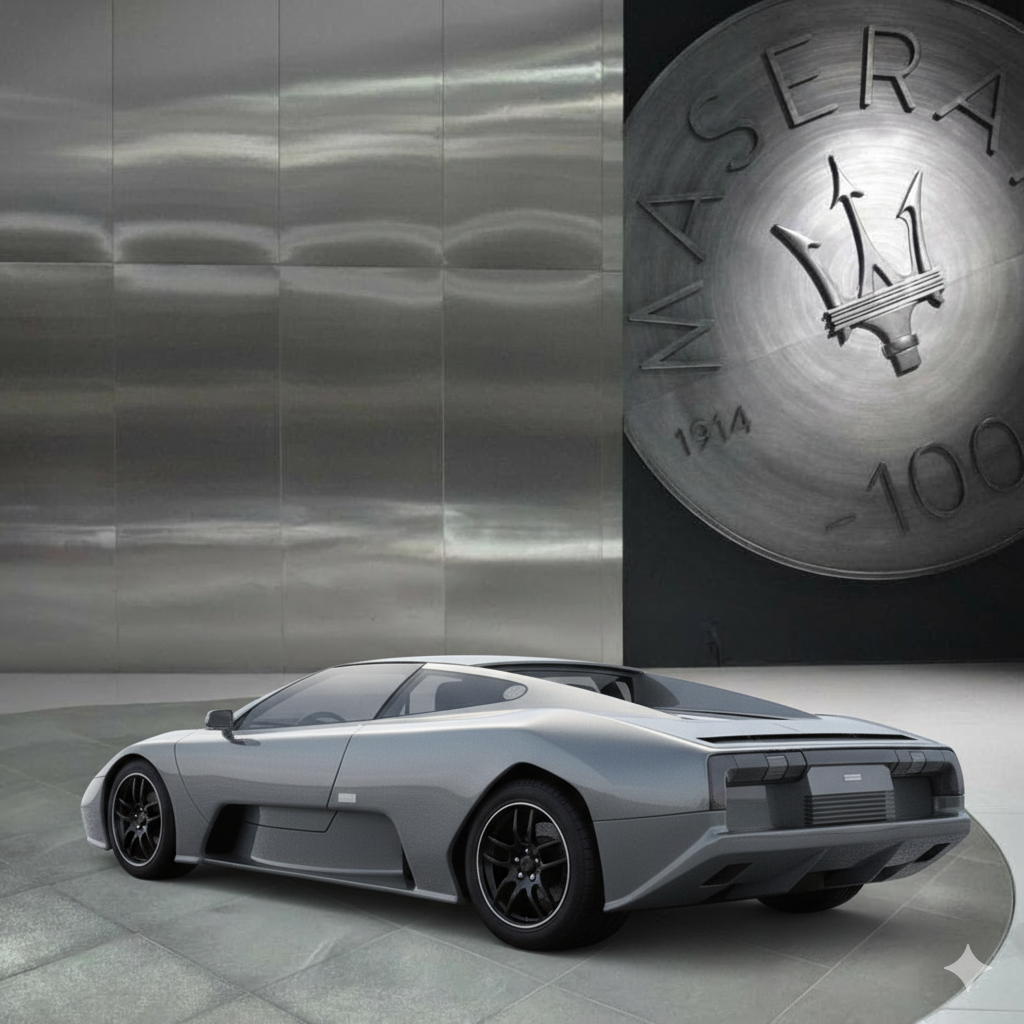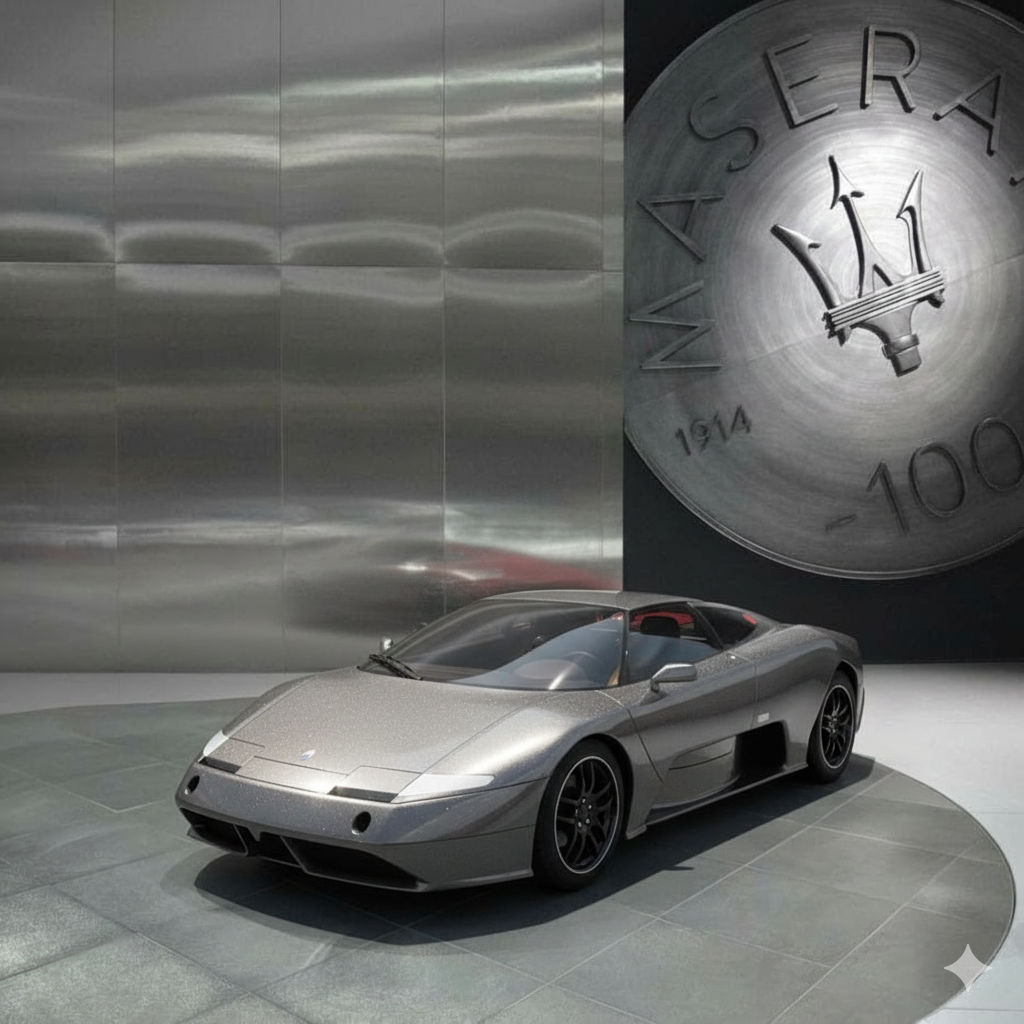Tutti i contenuti di carrera4
- Laboratorio Alfa Romeo
- Laboratorio Lancia
- Laboratorio Alfa Romeo
- Genesis Magma GT Concept 2025
- Laboratorio Alfa Romeo
- Peugeot e-208 2026 - Prj. P1H (Notizie)
-
Renderizzare con Gemini
- Laboratorio Alfa Romeo
-
Da [Mai Nate] a mA.I. nate
- Mazda Vision Concept 2025
-
Laboratorio Lancia
Ah capisco perché, però no, da una generata con Sora sulla base di un disegno... Sora è abbastanza creativa e genera immagini non proprio in linea con l'input, però era uscita una vista di tre quarti posteriore che mi piaceva. Poi l'ho rielaborata con Gemini per immettere gli elementi del nuovo stile Lancia
- Laboratorio Lancia
- Laboratorio Lancia
-
Renderizzare con Gemini
-
Renderizzare con Gemini
-
Renderizzare con Gemini
Lo hanno già fatto, comunque anche io ho mixato il frontale della concept Mercedes con un "corpo" generato con l'ai in passato
-
Da [Mai Nate] a mA.I. nate
È più o meno la stessa cosa che hanno detto al cs Alfa Romeo quando hanno cassato questo design
-
Da [Mai Nate] a mA.I. nate
È il 1996, la piccola ethos 3 di Pininfarina con 6 posti, un peso piuma e il rivoluzionario due tempi entra in produzione: diventerà un successo commerciale e sarà prodotta su licenza negli stabilimenti FIAT. D'ora in poi si faranno solo auto leggere, ecologiche e curate nel design
-
Renderizzare con Gemini
Generata con gemini?
- Mercedes-Benz Vision Iconic Concept 2025
-
Da [Mai Nate] a mA.I. nate
Però l'italdesign a quel tempo quel design l'ha proposto n-volte eh, della serie non si butta via niente
-
Da [Mai Nate] a mA.I. nate
Sempre BMW technik, mi è tornata in mente questa fantastica z13 del 93, utilitaria con motore motociclistico posteriore ❤️
-
Da [Mai Nate] a mA.I. nate
- BMW iX3 2026
-
Da [Mai Nate] a mA.I. nate






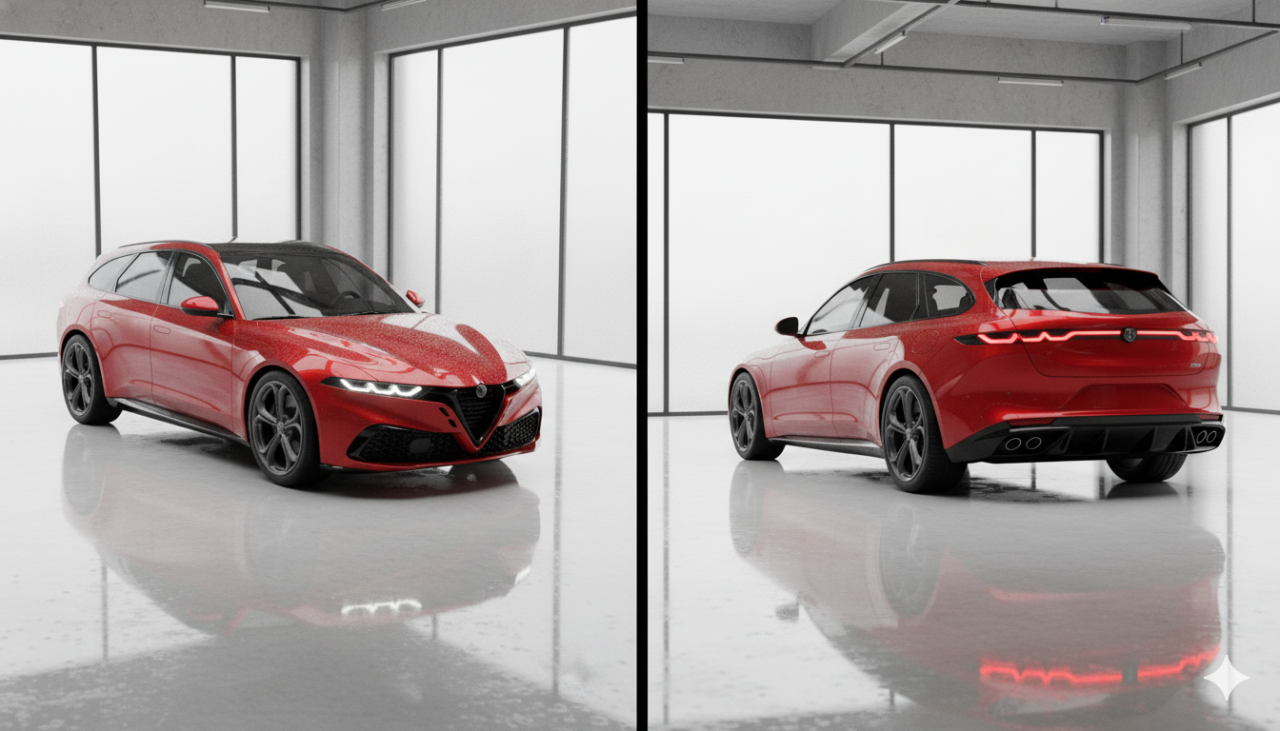




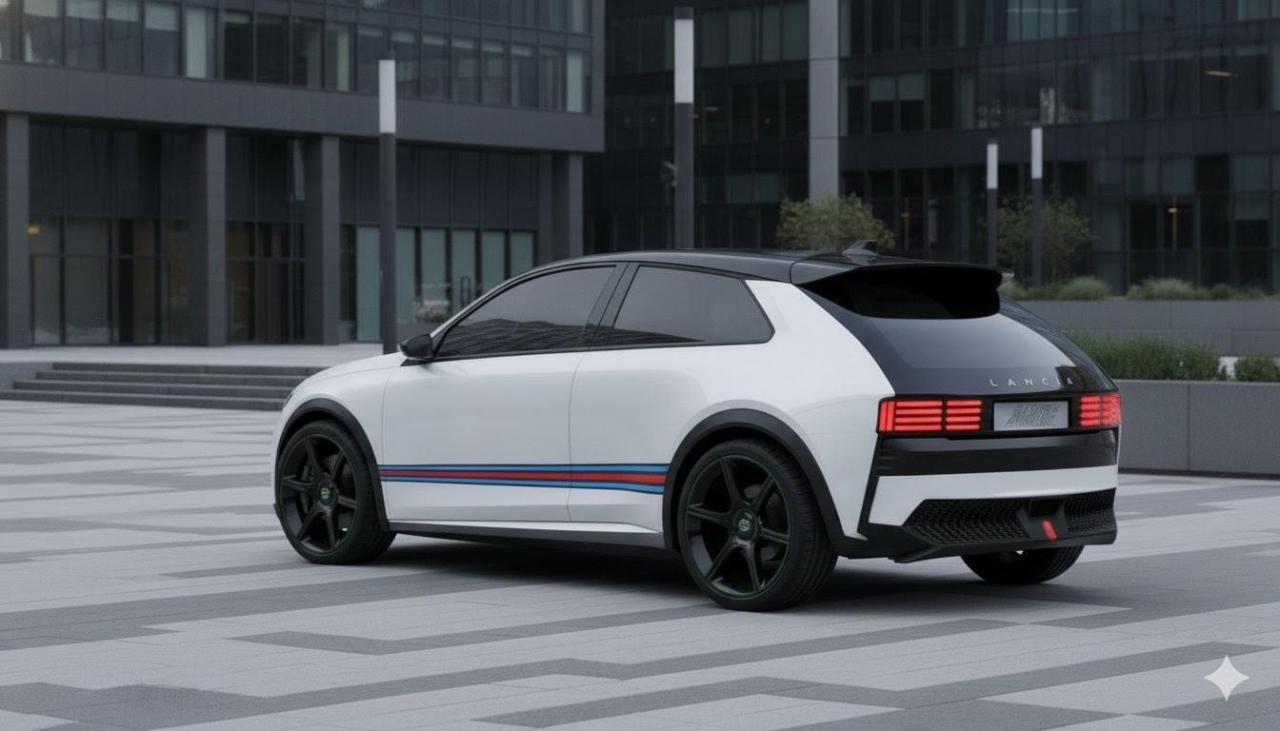
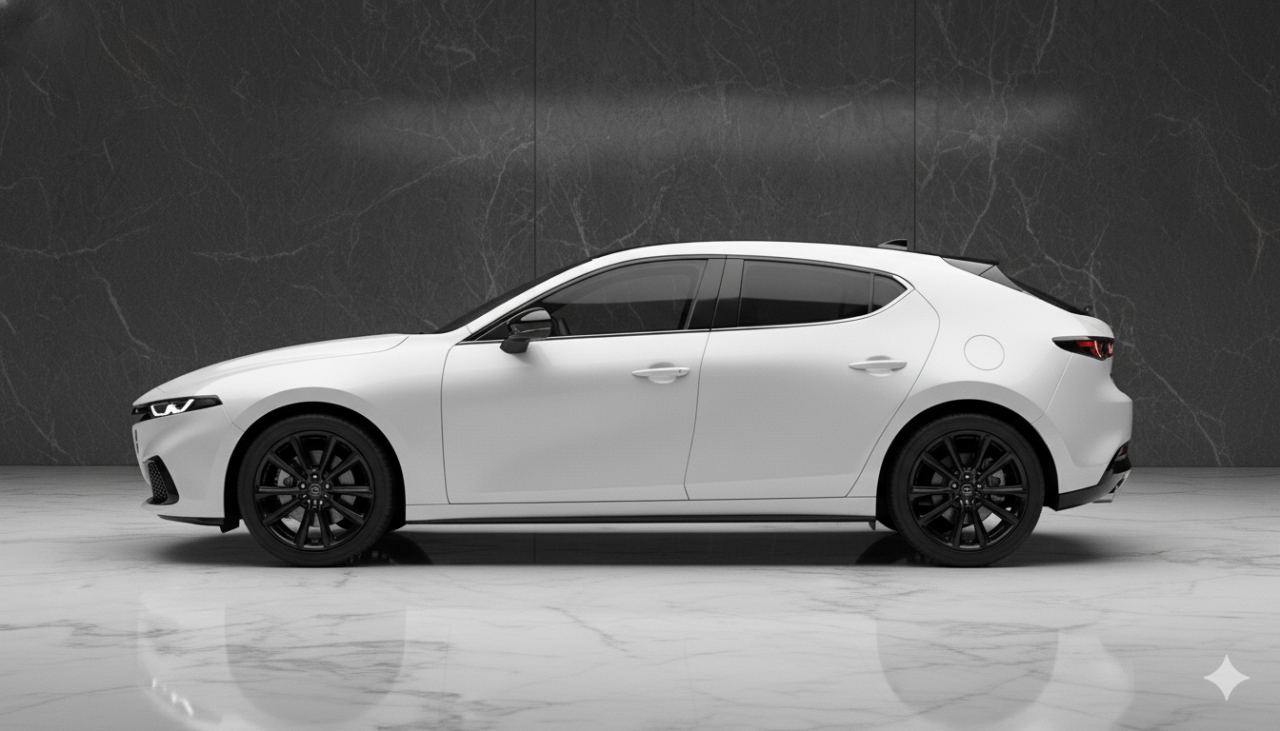
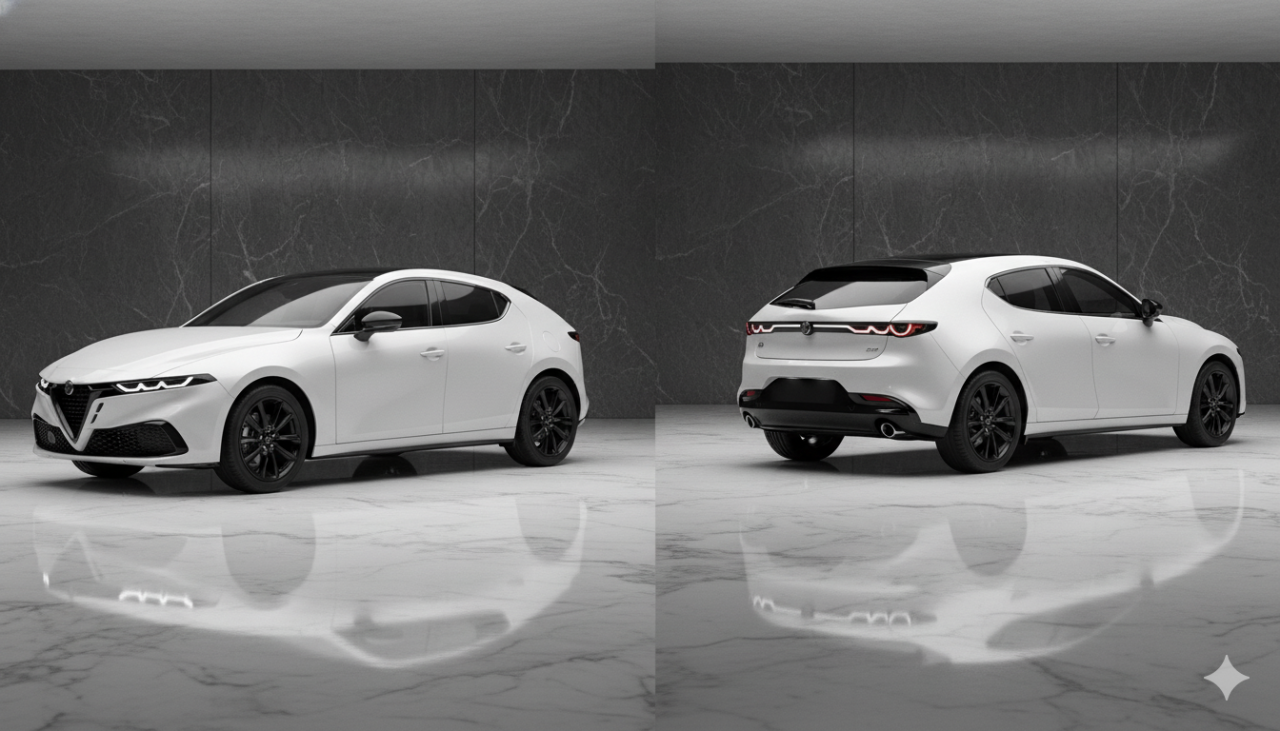

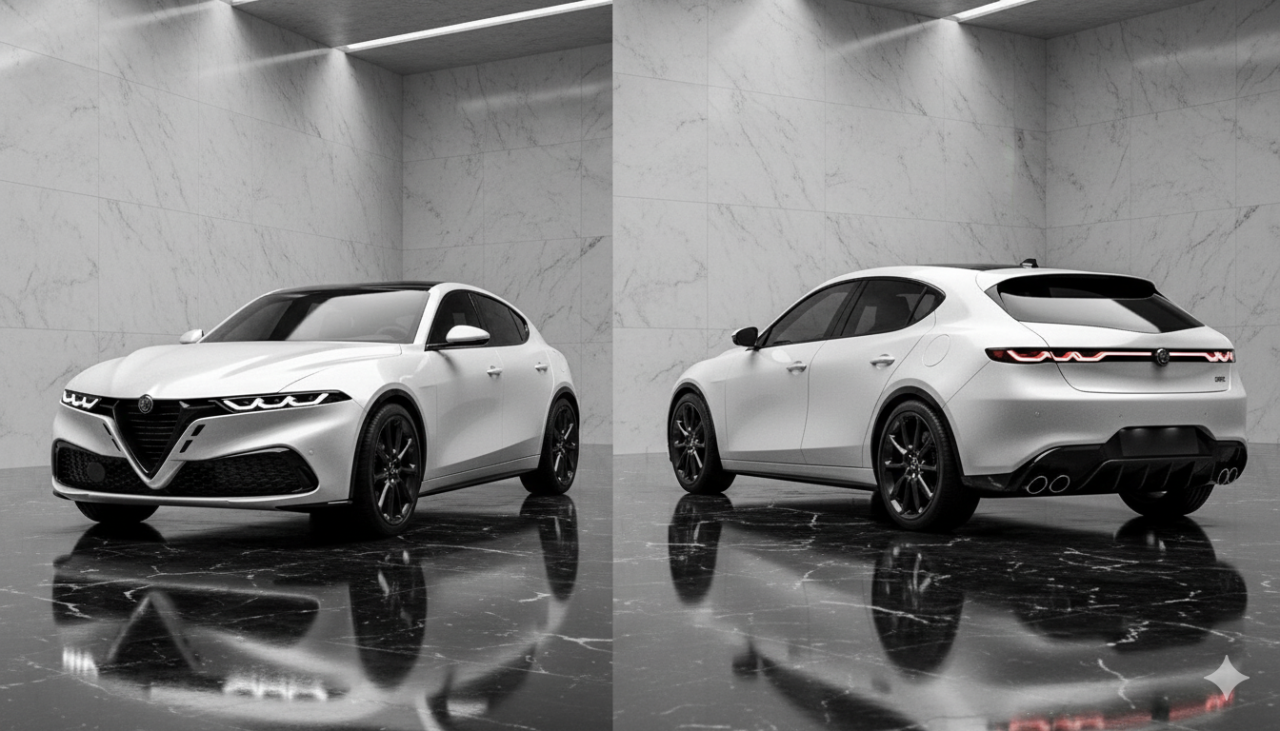

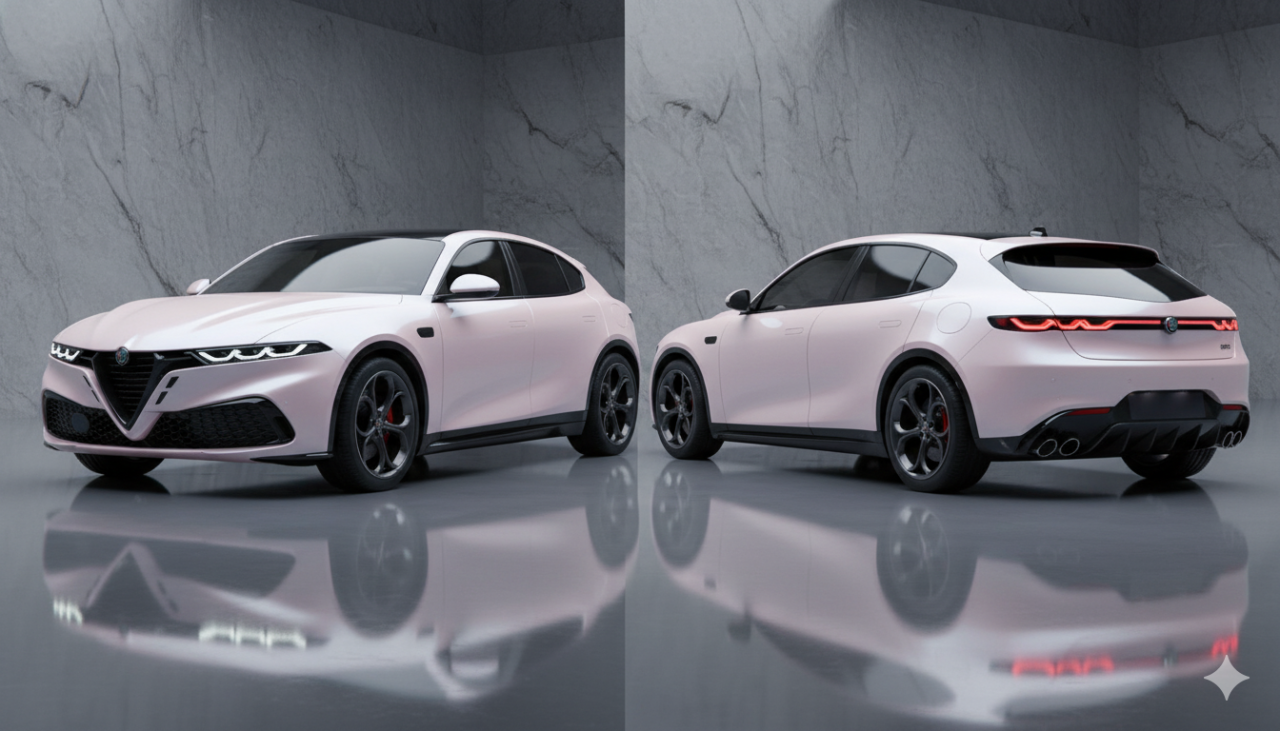



.thumb.png.7e29643562afac48e9473fc7045cbbab.png)
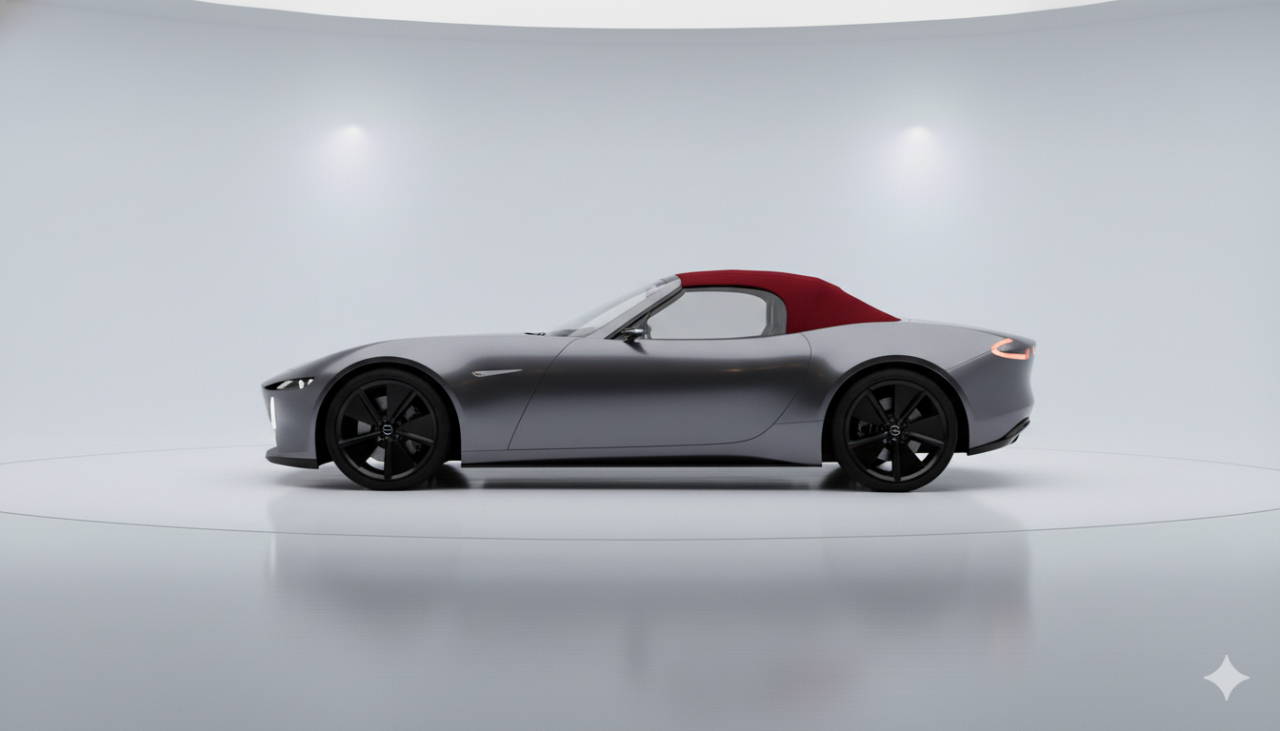
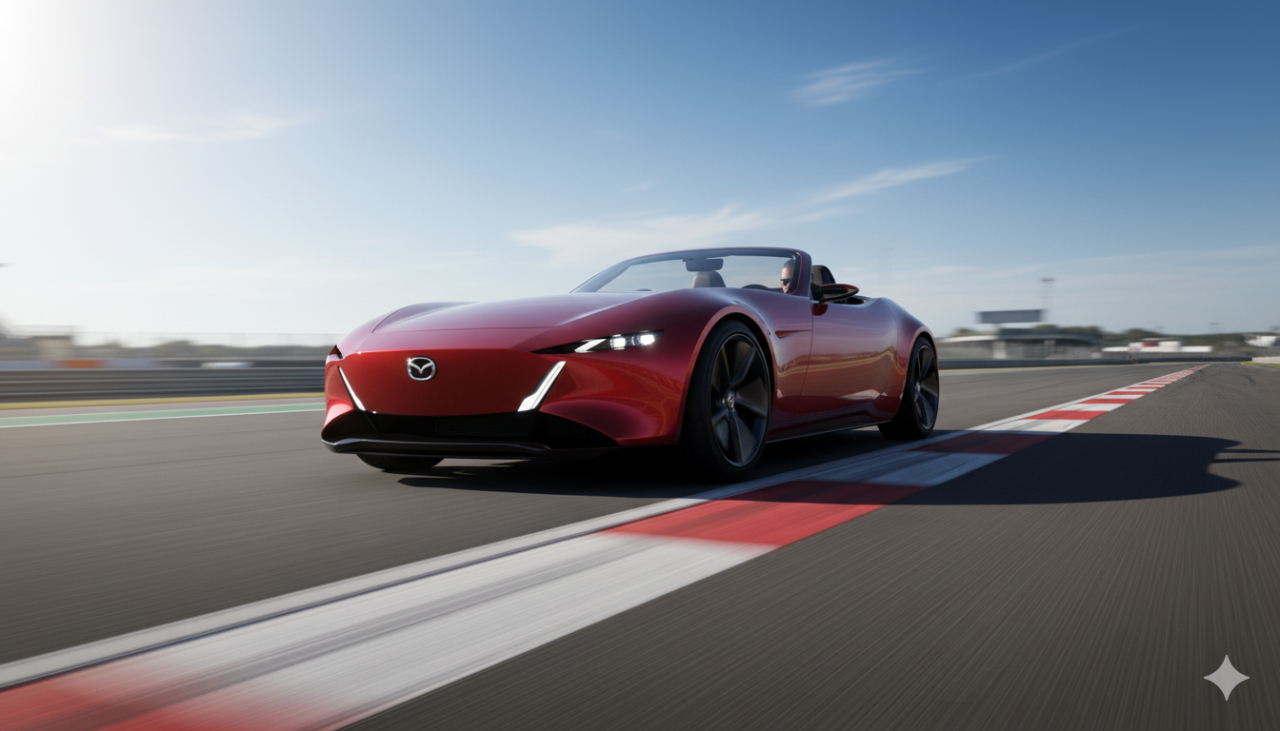
.thumb.png.4e0709502b96566fe8ab3005b62fa1d8.png)

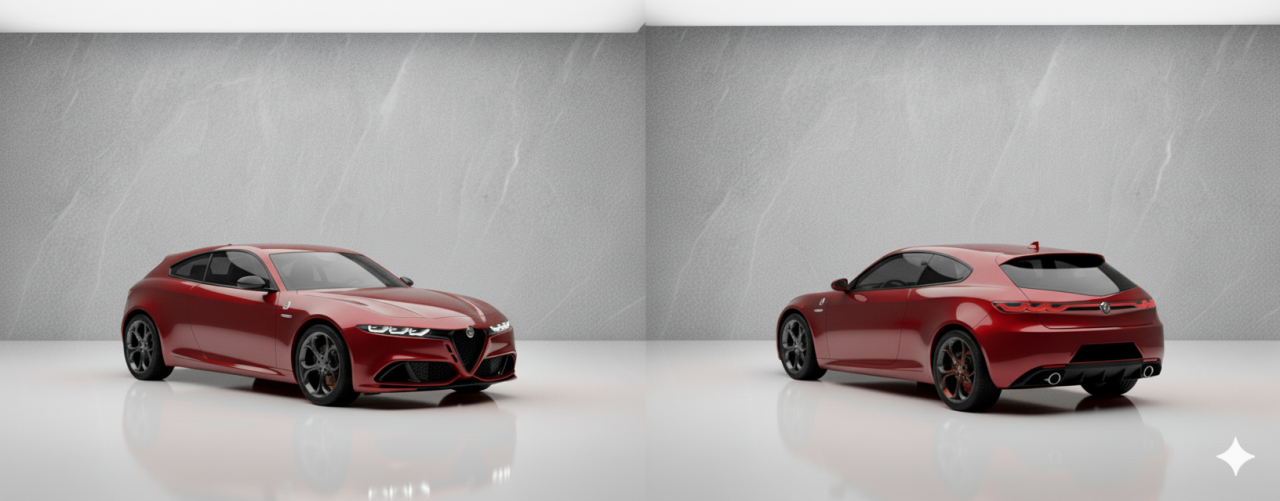
.thumb.png.9732eeb541ce713d02a8747a27aa6efc.png)
.png.ec343849f88b3348a7c21da464476f69.png)
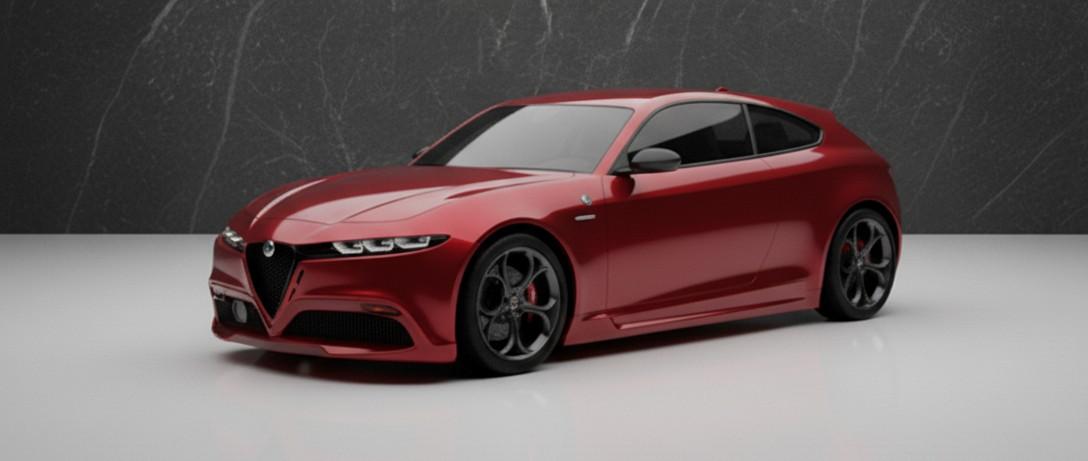
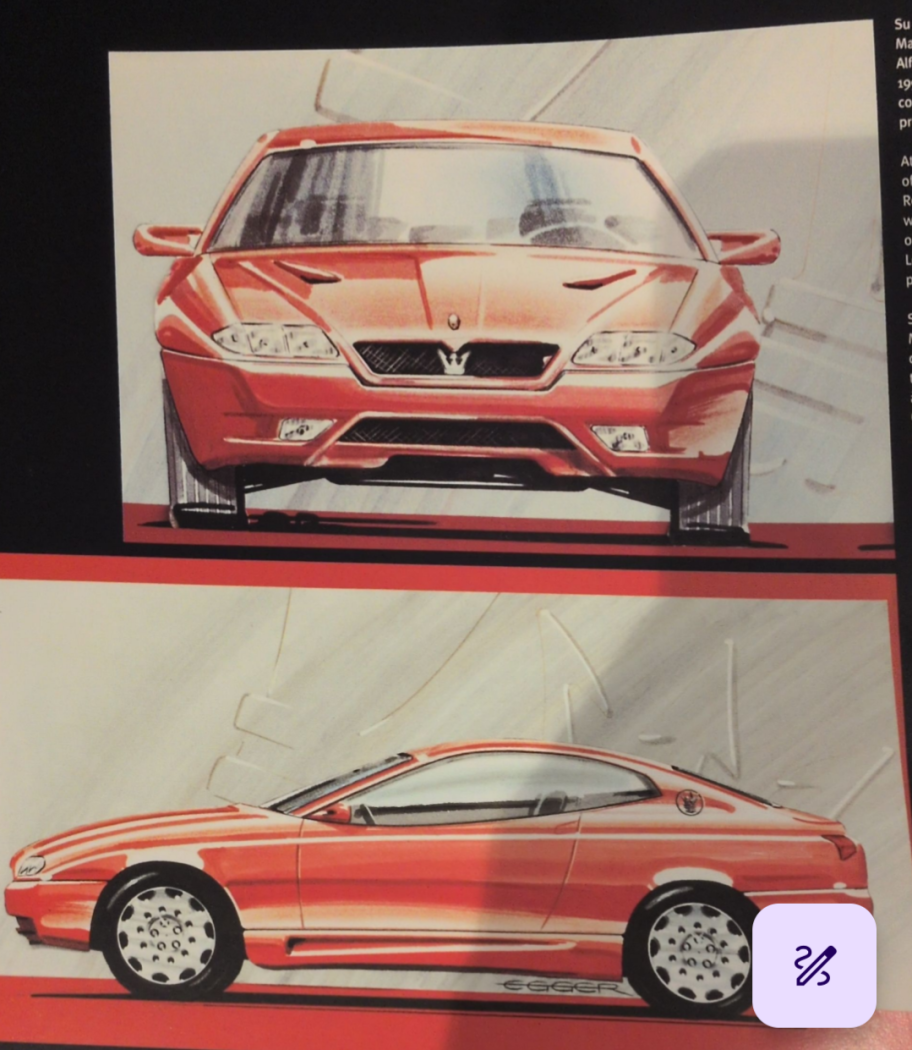
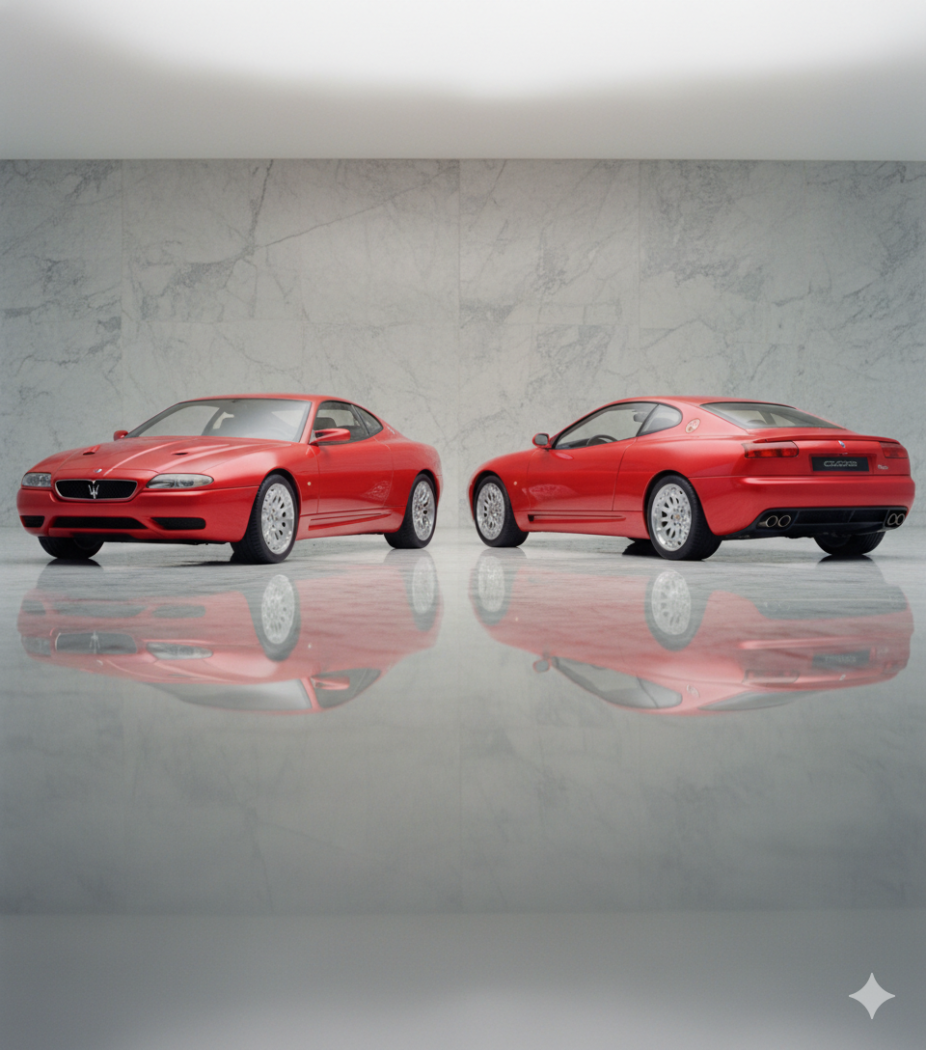

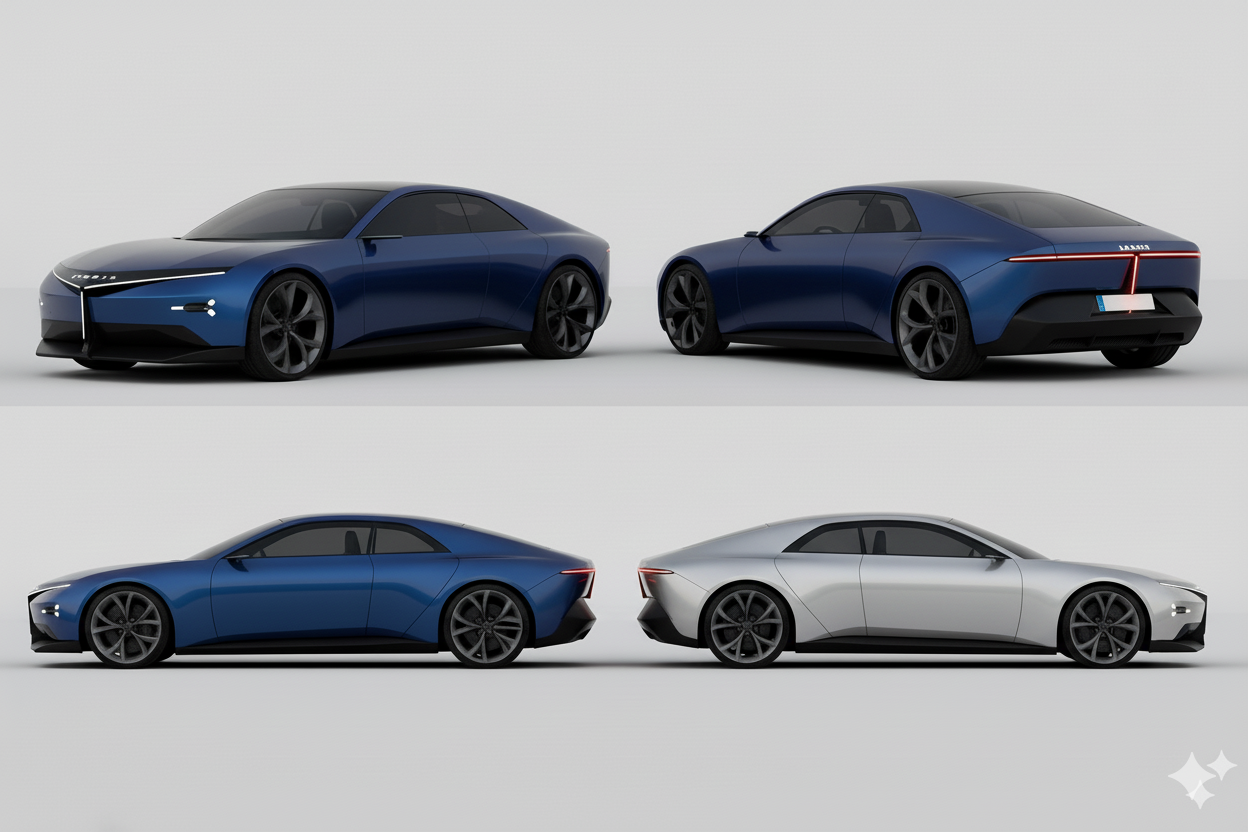


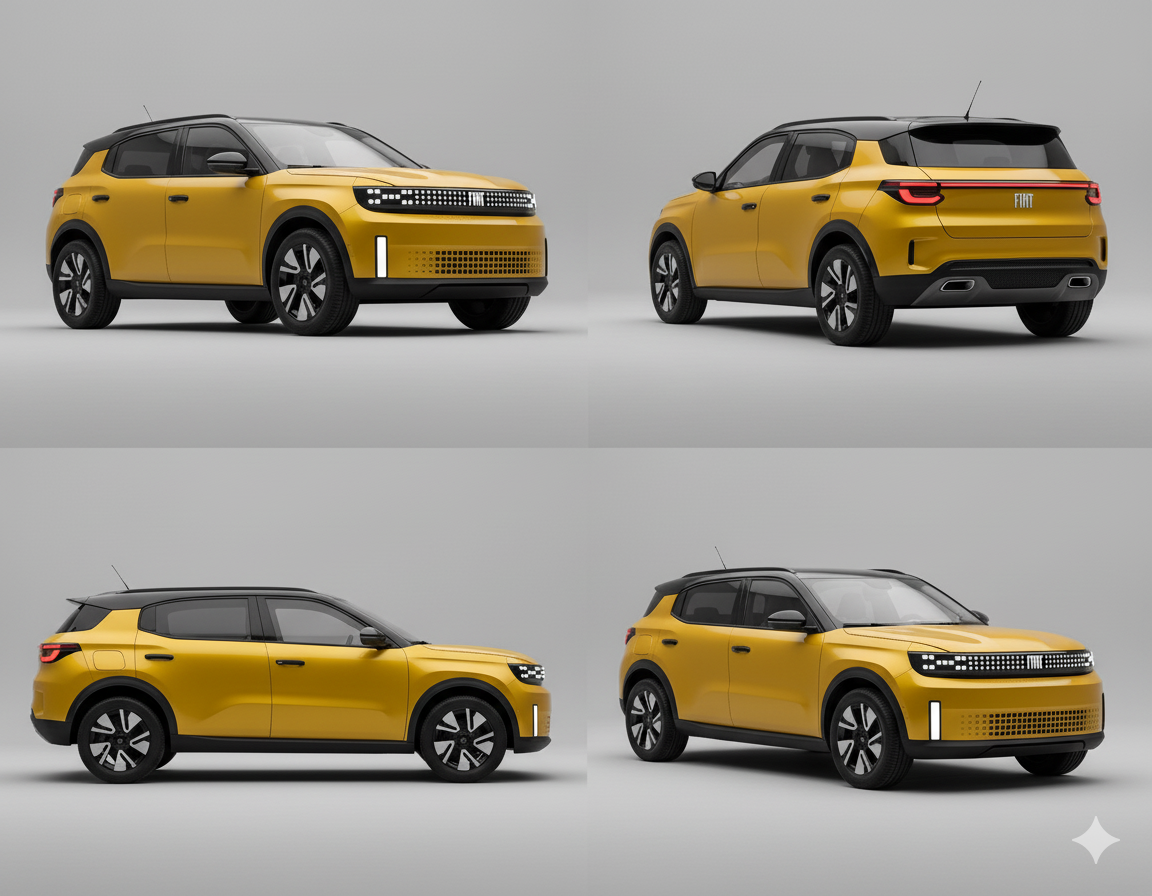

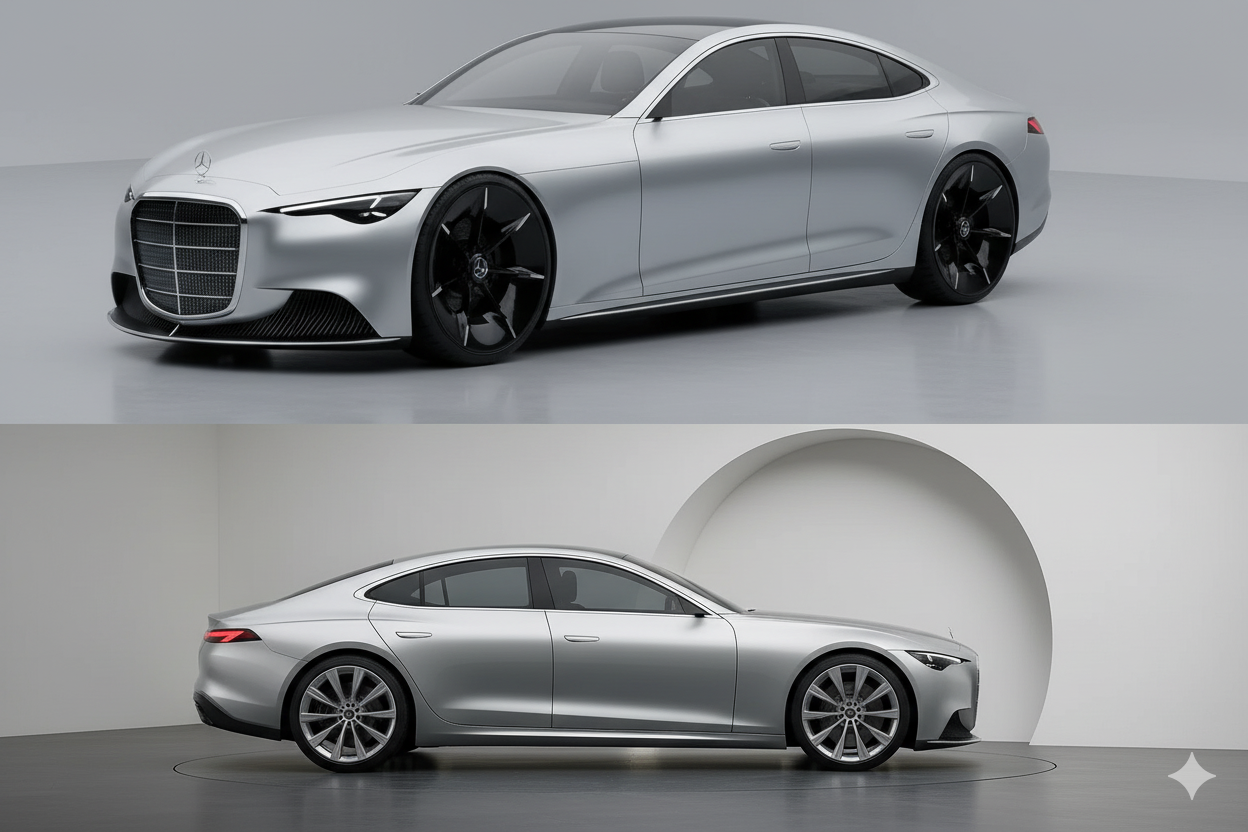
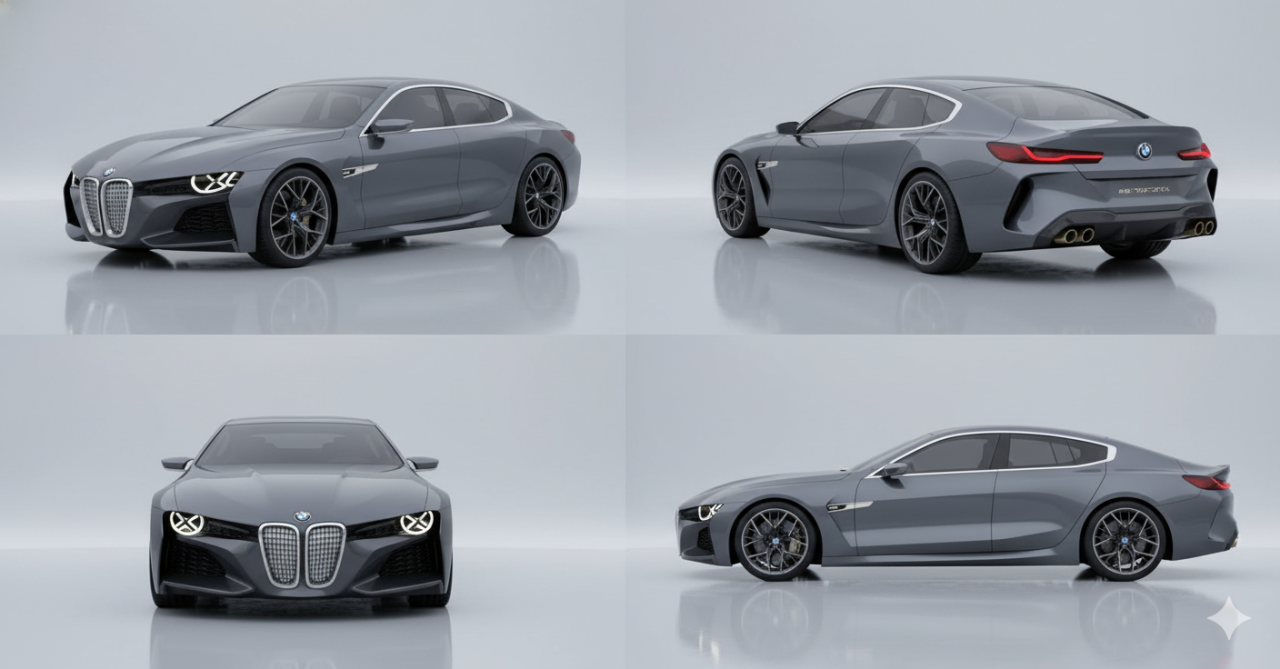
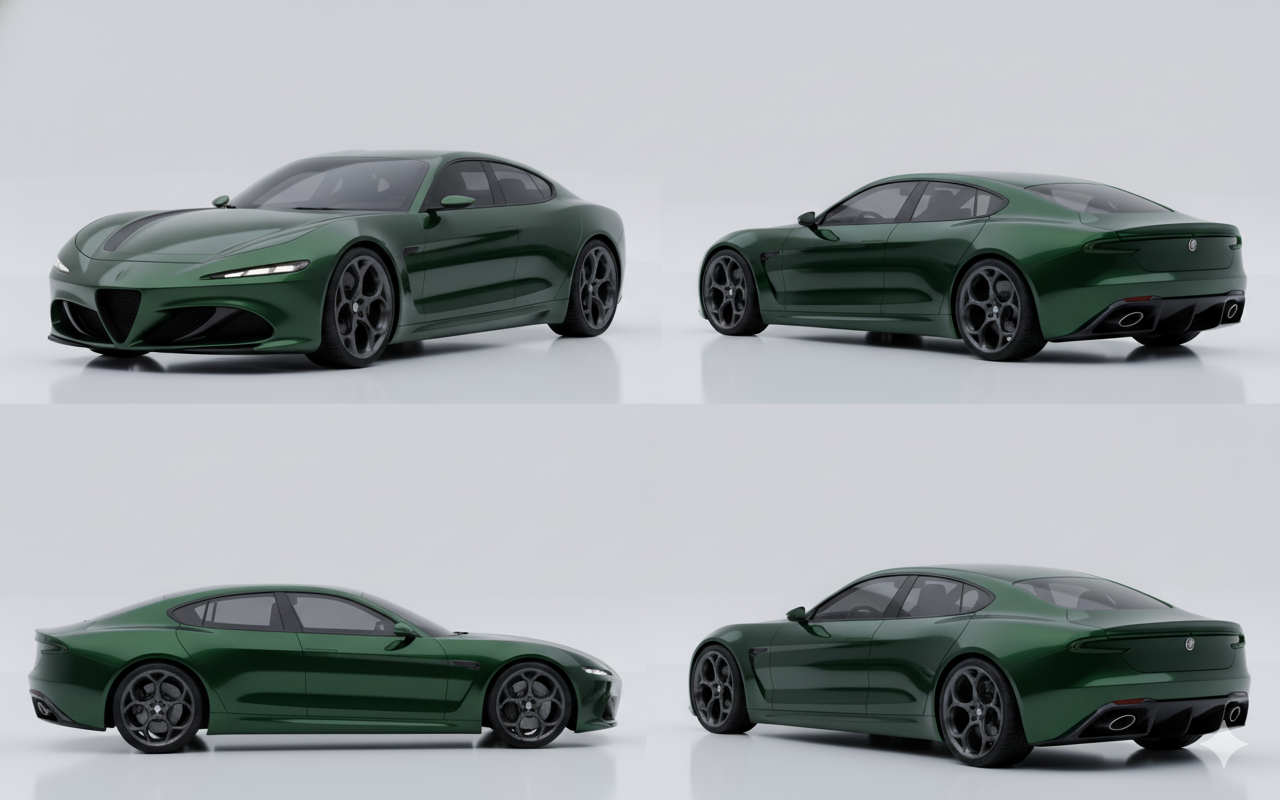
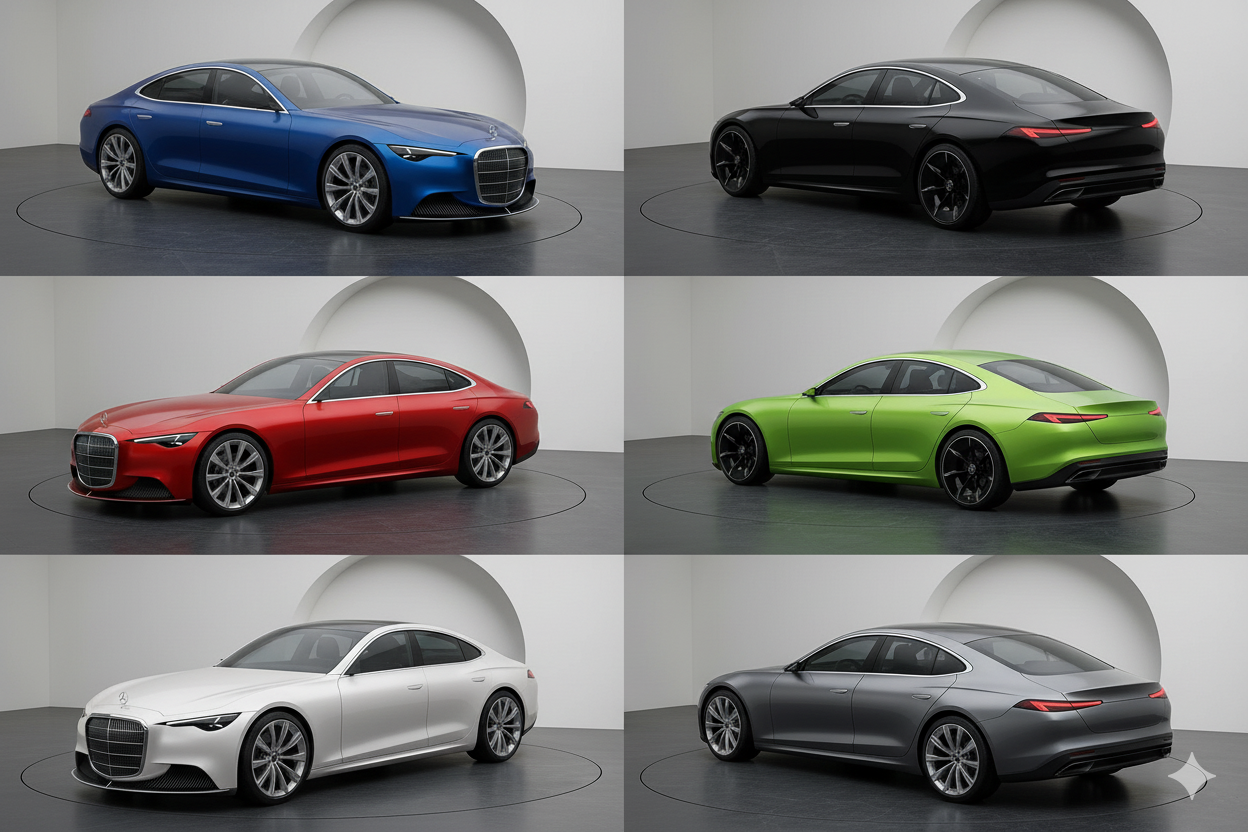


.thumb.jpg.25c8731e20bc525094605e8b1c1daeb4.jpg)
